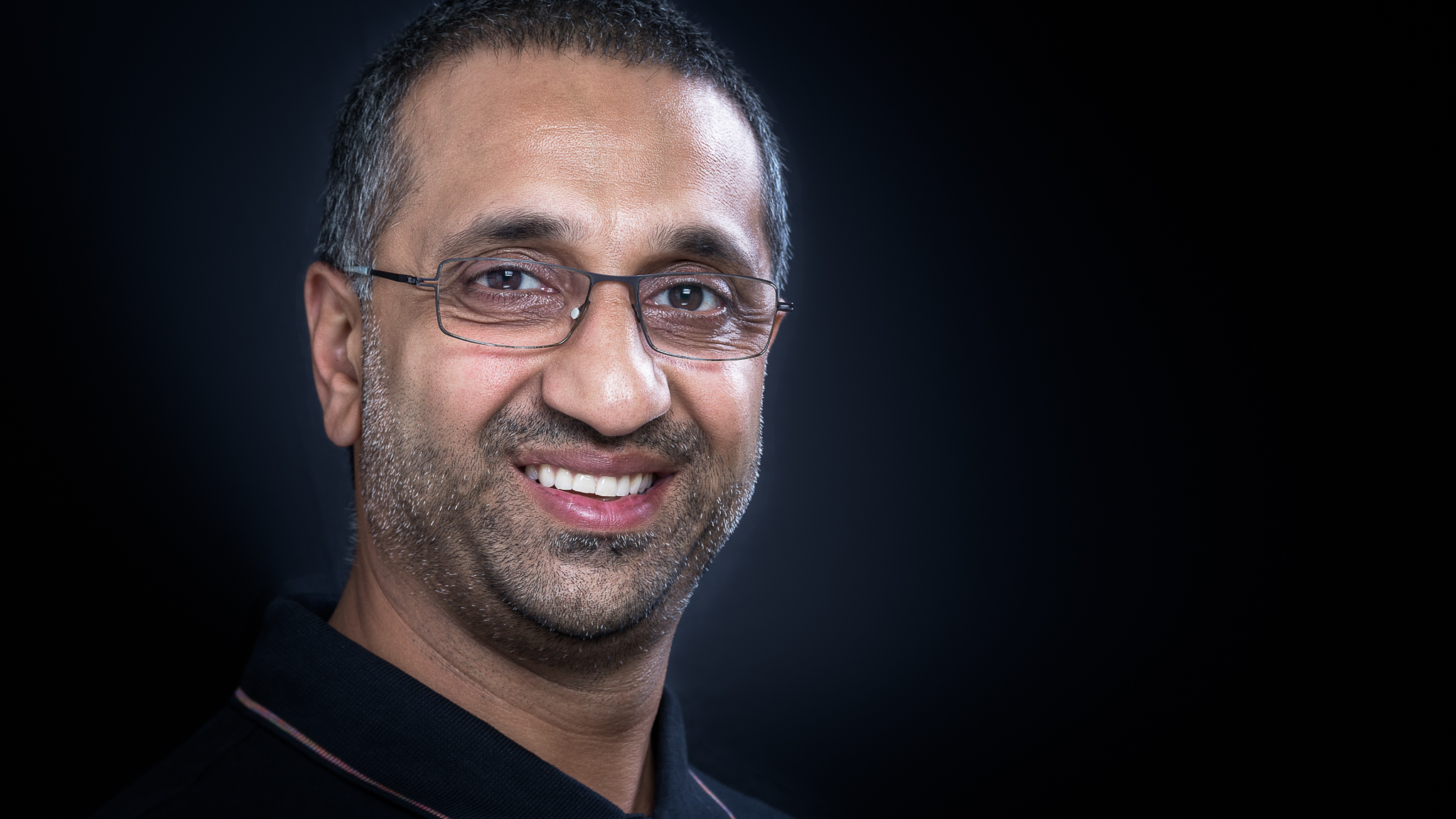Bone resorption and implants
Featured Products Promotional FeaturesPosted by: Dental Design 25th May 2021

Edentulism is debilitating, psychologically taxing and adversely affects people’s social lives and day-to-day experiences. It has been linked to a raft of reductions in quality of life, including social participation, decreased self-confidence, and an increased risk of disability and mortality (even after adjusting for socioeconomic and behavioural factors).[i]
Dental implants are considered the gold standard in rehabilitating edentulous patients, offering superior aesthetics, stability, and convenience. While rates of tooth loss have steadily fallen over the last century through advances in dentistry, according to the most recent data from the National Dental Epidemiology Programme for England, around 1% of adults attending dental practices were completely edentulous, with only a tenth of that cohort fitted with either bridges or implants.[ii]
The most recent widescale data collection took place prior to the pandemic, so it will be some time before its full effects on oral health will be formally recorded and accessed, but there is ample reason to believe it will have had a negative effect on oral health. Combined with an expected social rebound effect – with the public likely to crave more social interaction after protracted social distancing and lockdowns – we should expect an uptick in patient demand for oral rehabilitation with an emphasis on both aesthetics and function.
The human body has evolved to be highly conservative with its bone mass, shedding it in response to reduced load and strain. Once a tooth is absent, the bone supporting it is no longer exposed to the same forces it was previously, leading to resorption and remodelling. This is most apparent in the rapid atrophying of the alveolar ridge following tooth extraction. Each extracted socket creates weakness in the overall structure. For example, tooth loss that only occurs on one side of the mouth also leads to muscle-loading changes on the opposite side, causing bone resorption on both sides and not simply unilaterally.[iii]
Numerous studies have demonstrated that loaded dental implants help arrest adverse bone resorption, provoking adaptions in the bone that lead to favourable remodelling, which preserves tissue and bite strength. Of course, there are limits to the strength of even the healthiest bone, and excessive strain can lead to deformation. Factors such as the shape and length of the implant influence how strain is exerted on peri-implant bone, which can reduce or intensify the forces it is subject to. Provided the peri-implant bone is suitable and not overstrained, restorations supported by implants appear to rejuvenate and preserve the structural integrity of mandible and maxilla bone.[iv]
 Traditionally, full arch implant-supported restorations required significant bone tissue mass to adequately accommodate the necessary load. Patients with more atrophic jaws could find themselves needing further surgical procedures, such as bone grafts, in order to build up enough foundational tissue to support implants, while others would simply be told they were ineligible for treatment. Today, advances in implant design and technique have reduced this barrier to treatment. There is currently a plethora of implant systems with different advantages, and finding the optimal solution for each patient’s unique anatomy requires careful assessment. For example, some systems can be supported on fewer implants (4 instead of 6+ for instance), which can be advantageous in cases where a patient has already undergone substantial bone loss, or had an implant fail, reducing the available area where implants can be placed.[v]
Traditionally, full arch implant-supported restorations required significant bone tissue mass to adequately accommodate the necessary load. Patients with more atrophic jaws could find themselves needing further surgical procedures, such as bone grafts, in order to build up enough foundational tissue to support implants, while others would simply be told they were ineligible for treatment. Today, advances in implant design and technique have reduced this barrier to treatment. There is currently a plethora of implant systems with different advantages, and finding the optimal solution for each patient’s unique anatomy requires careful assessment. For example, some systems can be supported on fewer implants (4 instead of 6+ for instance), which can be advantageous in cases where a patient has already undergone substantial bone loss, or had an implant fail, reducing the available area where implants can be placed.[v]
Much of the success of dental implant provision depends on this pre-operative planning and assessment. The anatomy of the jaw is complex, with numerous nerves and blood vessels in close proximity and a great deal of individual variation. Consequently, clinical knowledge and experience along with quality diagnostic imaging can make a substantial difference to success.[vi], [vii]
If you have a patient interested in dental implants, and you are looking to refer them, Ten Dental+Facial is a trusted clinic with excellent facilities and experienced, friendly staff. Adhering to stringent infection control measures and social distancing guidelines, you can have peace of mind that your patient will be well-looked after. The multi award-winning team accepts referrals ranging from simple to advanced implant cases, including those where existing implants are in danger of failing. We recognise that implants are not a one-stop fix, and we impress on patients how to maintain their implants before they are returned to you for on-going review and follow-up treatment.
Dental implants are the current pinnacle in rehabilitating edentulous patients, offering exceptional functional and cosmetic improvements to their quality of life. Some patients even prefer them aesthetically to how their original teeth appeared, expressing great enthusiasm for the approach following their treatment. Where preconceptions over patient bone quality would have provided a contraindication for treatment, this may no longer be the case. Dental implants are not the right solution for every patient, but more can be done to ensure that as many patients as possible benefit from advances in implant rehabilitation.
For more information visit www.tendental.com, email referrals@tendental.com or call on 020 8675 1798
DR NIKHIL SISODIA – BDS (U Brist) (GDC: 70616) – Implant Surgeon
[i] Emami E., de Souza R., Kabawat M., Feine J. The impact of edentulism on oral and general health. International Journal of Dentistry. 2013; 2013: 498305. https://doi.org/10.1155/2013/498305 March 10, 21.
[ii] National Dental Public Health Team. National dental epidemiology programme for England: oral health survey of adults attending general dental practices 2018. Public Health England. 2020. https://www.gov.uk/government/publications/oral-health-survey-of-adults-attending-dental-practices-2018 March 10, 2021.
[iii] Chou H., Muftu S., Mukundan S. Influence of mastication and edentulism on mandibular bone density. Computer Methods in Biomechanics and Biomedical Engineering. 2015; 18(3): 269-281. http://dx.doi.org/10.1080/10255842.2013.792916 March 16, 2021.
[iv] Khalifa A., Wada M., Ikebe K., Maeda Y. To what extent residual alveolar ridge can be preserved by implant? A systematic review. International Journal of Implant Dentistry. 2016; 2: 22. https://doi.org/10.1186/s40729-016-0057-z March 16, 2021.
[v] Edvard J., Josifov D., Janeva N. Full arch rehabilitation with 4 dental implants (case report). Journal of Morphological Sciences. 2020; 3(3): 31-39. http://jms.mk/jms/article/view/155 March 16, 2021.
[vi] Fortes J., de Oliveira-Santos C., Matsumoto W., da Motta R., Tirapelli C. Influence of 2D vs 3D imaging and professional experience on dental implant treatment planning. Clinical Oral Investigations. 2019; 23: 929-936. https://doi.org/10.1007/s00784-018-2511-1 March 16, 2021.
[vii] Solderer A., Al-Jazrawi A., Sahrmann P., Jung R., Attin T., Schmidlin P. Removal of failed dental implants revisited: questions and answers. Clinical and Experimental Dental Research. 2019; 5(6): 712-724. https://doi.org/10.1002/cre2.234 March 16, 2021.








